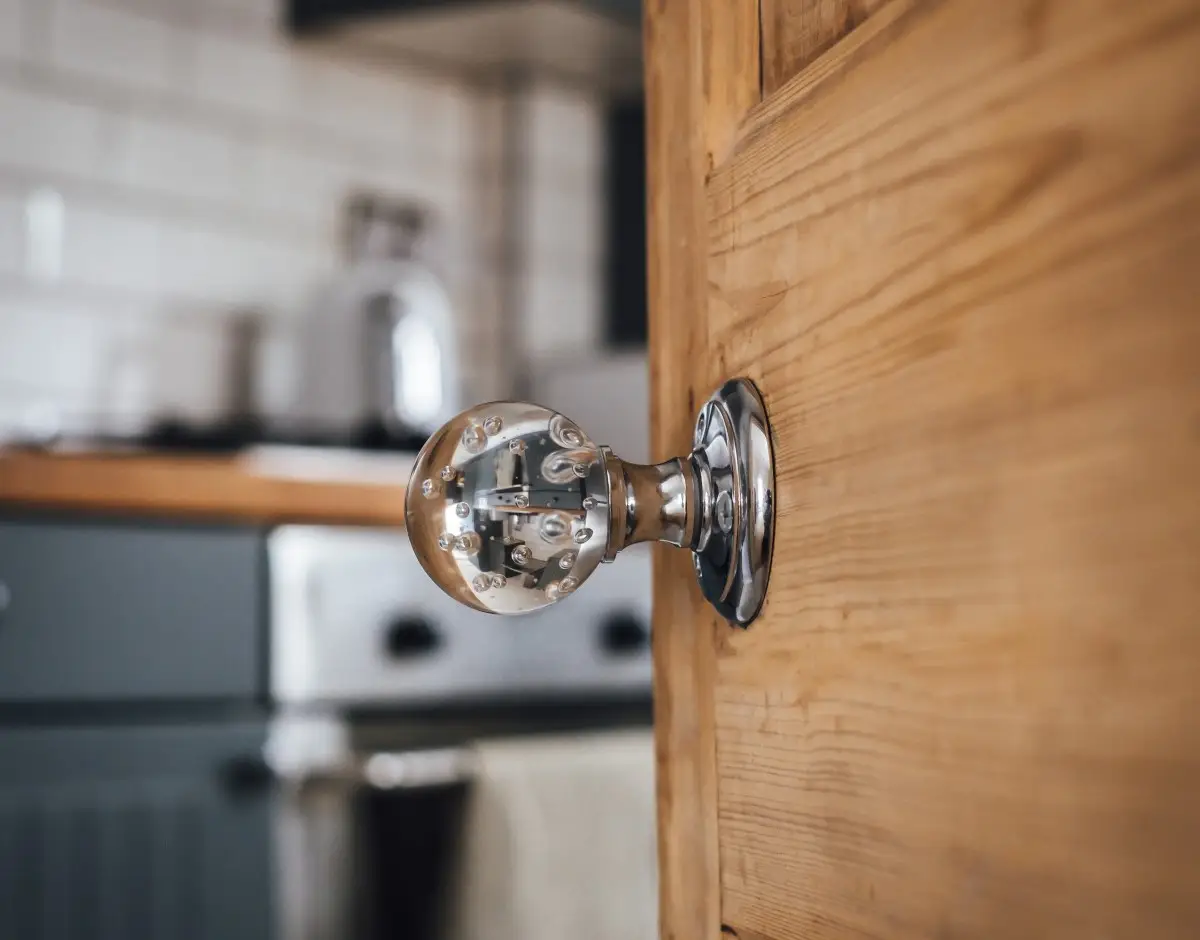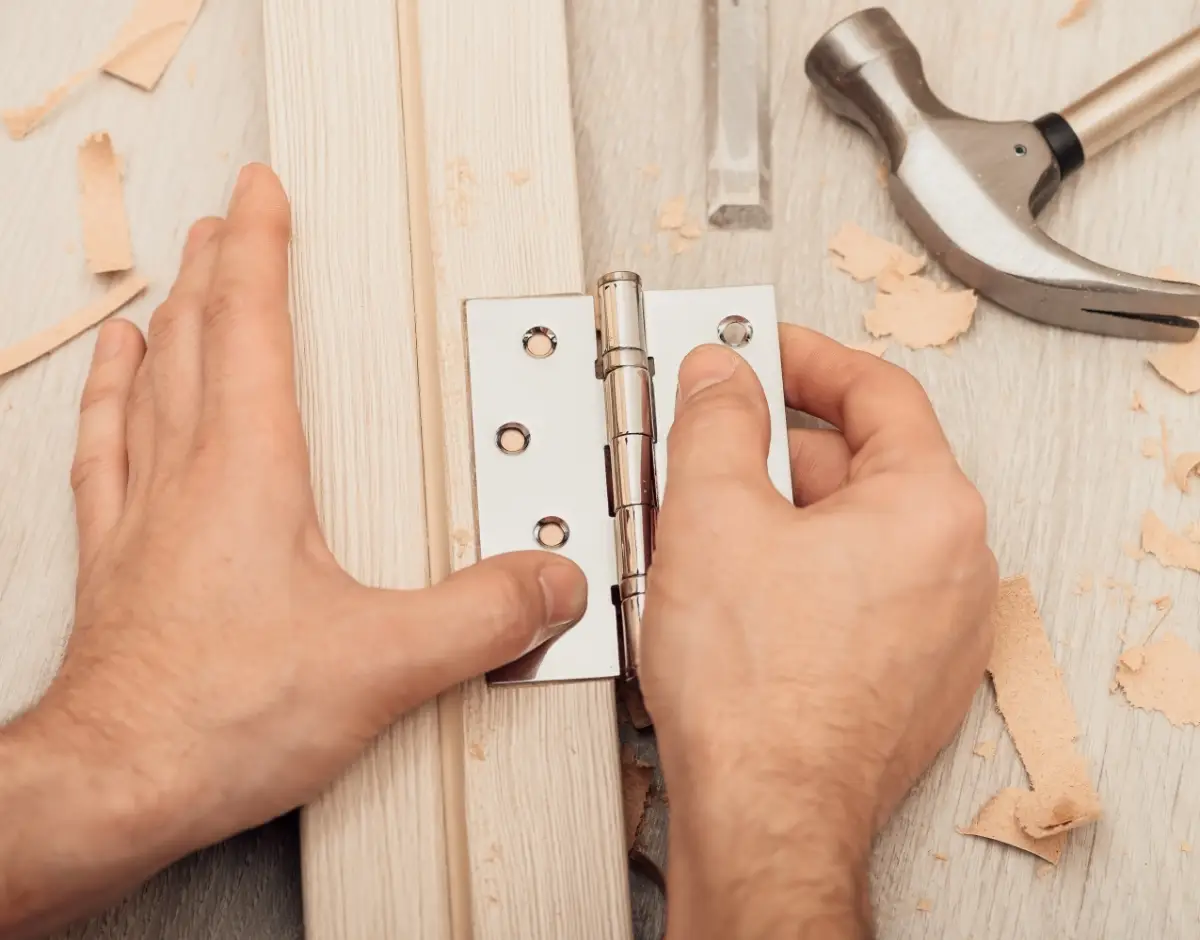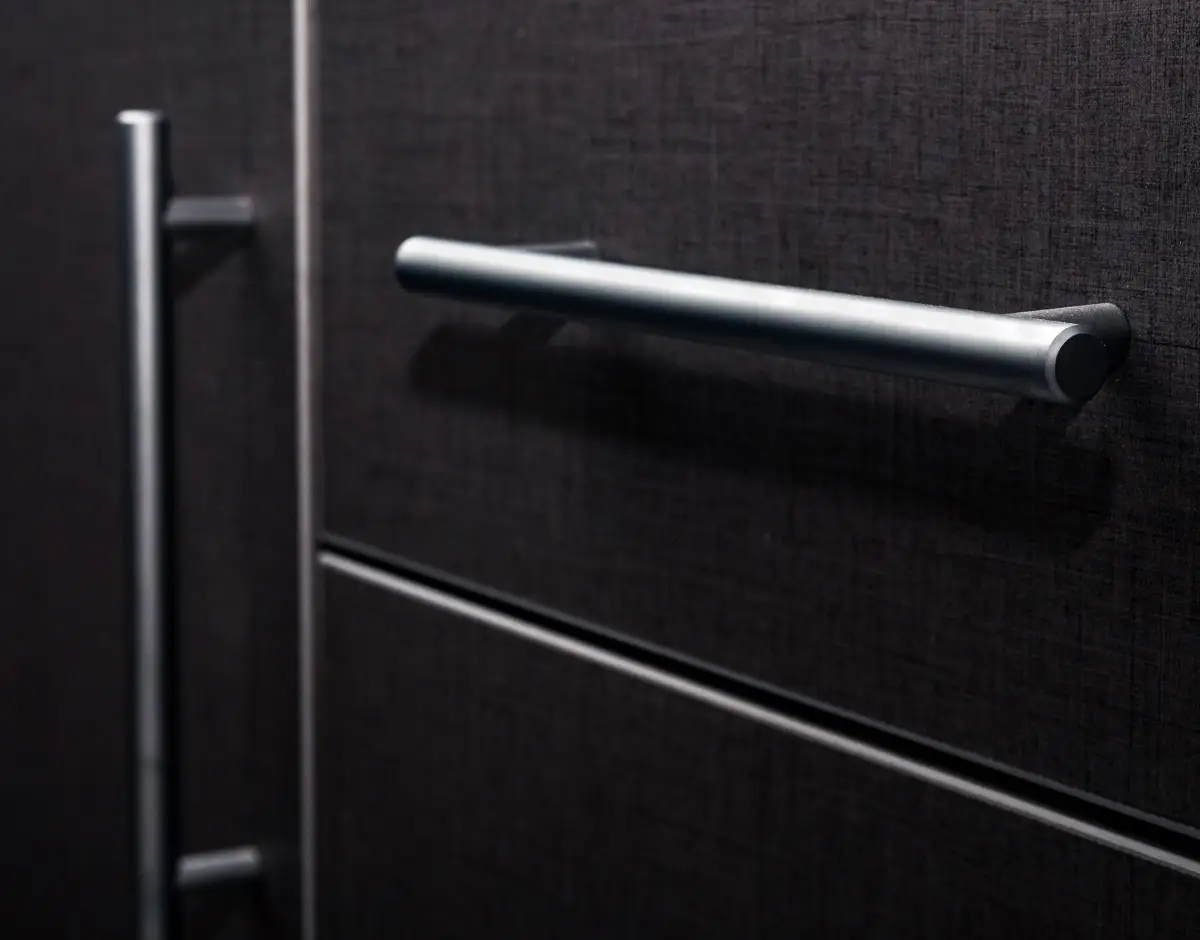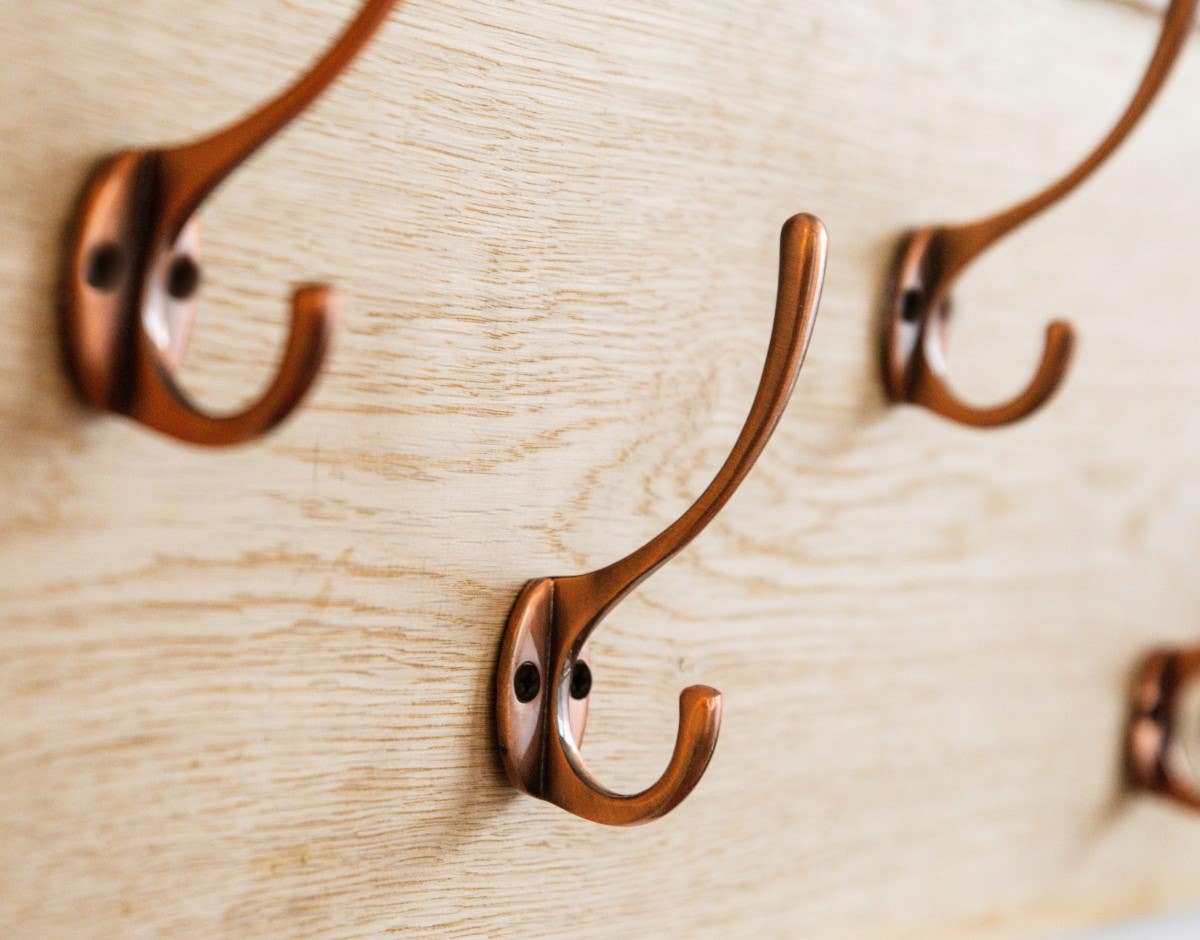Home security is an important matter for any property owner and understanding how door locks work can help you find the right one for your needs.
Here we aim to provide some clarity on the subject by answers some of the commonly asked questions as locks relate to external and internal doors.
There are many moving parts in your average door lock, but we'll be primarily focusing on one particular component of commercial and residential door locks - the lock backset.
It's not a complicated subject, but you still need to know what you're doing if attempting to replace your existing locks.
So, come with us now, as we go through some of the finer details and show you the important elements that you need to pay attention to.
What is a standard lock backset?
Typically speaking, in the United Kingdom, you'll find that there are two main backset sizes used by carpenters when working on residential properties.
These sizes are 45 mm and 57 mm, with the right one depending on whether the door you're working on has had tubular latches fitted previously.
Should you be fitting locks to doors that haven't yet had locks fitted, then the 57 mm type is usually the preferred option.
Of course, if you're fitting replacements for existing locks for an old door, it's essential that the new one fits the hole that's already there.
Measure from the Edge of the Door to the Keyhole or Centre of the Door Knob
In order to know for sure, you should crack out the tape and measure the backset dimensions of the old lock from the edge of the door.
However, pretty much all domestic mortice locks (and indeed latches), with the odd exception, of course, will belong to the two main sizes mentioned.
When talking about imperial measurements, this equates to either a 2.5" (44 mm) or 3" (57 mm) lock backset size.
You will also find 60 mm backset locks, however, this is usually only the case in a commercial setting, rather than just for residential door locks.
What is the backset size on a lock?

Ok, when talking about backset size, we're talking about the horizontal distance between the edge of the door (The side that contains the door stile) and the centre of the spindle hole in the lockset.
So, this distance is how far the lock is set back from the door's edge - hence its name.
Should you be installing a lock into a new door, measure the appropriate distance from the edge of your door and mark it with a pencil before repeating the process on the other side.
This is a principle that applies whether talking about a door lock or a door latch and it's something that will allow you to ensure your door handles line up properly.
What Size backset do I need?
There's no doubt that the job of getting the right lock size is made very much easier when replacing an old one, as it's a simple matter of getting like for like.
The most accurate way to measure the existing mortice lock or tubular latch is to physically remove it and measure from the face plate to the square hole (for the spindle) or keyhole.
Of course, you could simply measure from the edge of the door the existing bored hole, but measuring the lock itself is just more accurate.
But What About For New Doors With No Existing Holes?
However, when you install new locks in new doors, then conventional wisdom shows us that the 57 mm backset is the preferred option.
Why? Well, because it's a size that positions the door knobs or door handles further away from the frame. This matters, as it will ensure the user's hand doesn't scrape on the door frame or get painfully caught.
How do I change the backset on my entry latch?

Sometimes, when you're carrying out your door preparation for the installation of a doorknob, it's quite common to find that the lock latch hole doesn't match up properly.
As we've already described, you'll typically be looking at an entry latch with a backset of either 57 mm or 44 mm, so when installing door knobs, they need to align.
The good news is that many of the door latches used are able to be adjusted to make things match up properly. If the latch you're using isn't adjustable, however, you're likely going to have to buy a new one that has the right dimensions.
Needle-nosed pliers are the best tool for the job
Depending on how old the latch is, it might be quite stiff to adjust, but it should still be easy enough with a pair of needle-nosed pliers.
The square hole needs to be aligned on both sides of the latch and be positioned horizontally, so it looks like a square, rather than a diamond.
However, if there is any misalignment, it will affect how far the latch is able to be turned, meaning it won't offer the full range of movement.
Do all locks fit all doors?

In an ideal world, every door knob, lock backset dimension, and mechanism would be universal, but due to the wide range of door styles, materials, and purposes available, it's about matching the right lock for the right use.
For instance, you have:
- 5 Lever mortice deadlocks that are most commonly used for wooden external front and back doors, as they can be locked/unlocked with a key from both sides. Those that aren't BS3621 approved, with typically also come fitted with a night latch for extra security.
- Multi-point lock systems are usually fitted with euro cylinder locks and are best suited to external composite and uPVC doors, although they're also sometimes found in aluminum and timber doors.
- Rim Automatic Deadlatches (a.ka. night latches) are found in glass-paneled doors, as well as timber back and front doors and are fitted on the door's surface. They are opened with a rim cylinder using a key and will often be used in combination with a mortice lock for extra security.
- Euro cylinder locks are a good option for composite and uPVC doors and can be fitted to sash locks and deadlocks on aluminum or timber doors. They're primarily used for external doors, but can be found internally in hospitals, schools, and offices.
So, as we can see, there are many different types of doors that require different solutions for operation security and aesthetics. The right one for you will very much depend on what you're trying to achieve in terms of style and function.
Measure Up, Find the Right Option & You Won't Go Wrong
Getting the best door lock for any type of door isn't rocket science, but it does require that you pay attention to the basics. Get a suitable lock for the job and make use of adjustable latch features if you're lucky enough to have them.
We hope that our article has given you the steer you need to get the job done properly at the first time of asking. Thanks for taking the time to read and we'll see you again next time with more useful insight into other hardware related topics.



























